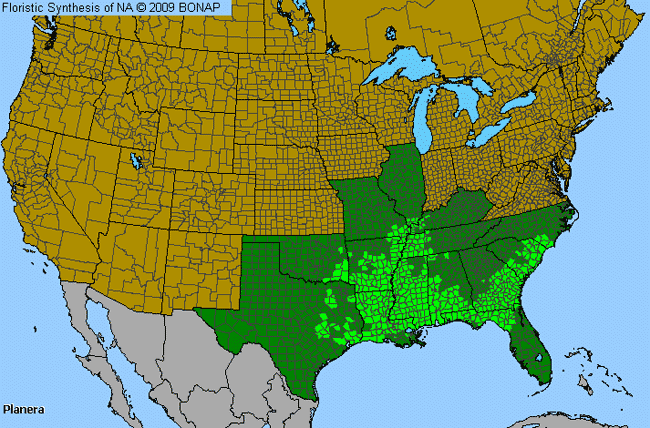Planertree (Planera)

Planertree Genus Details

Planertree is an elm-like tree with broad crown of spreading branches. It grows to 40 feet tall and has leaves in two rows that grow 2-2 1/2" long. The flowers are 1/8" wide, which are greenish in early spring. Fruit is a 3/8" drupe, which is light brown and matures in early spring. Planertree is native to western U.S. and is found in wet soils of riverbanks. Planertree is named for Johann Planer who was a botanist and professor of medicine.
Planertree Allergy Info

An airborne pollinator which sheds abundantly, the planertree tends to be implicated in pollinosis, but elicits only moderate reactions.
Planertree Pollen Description

Grains are suboblate to spheroidal; the amb from oblate-spheroidal to angular and square. They contain 4-6 elliptical pores and the exine is thick and rugulate.
Grains are usually 16-50 x 18-50 micrometers.
Species in This Genus

Allergenicity Legend:
 Mild Allergen |
Mild Allergen |
 Moderate Allergen |
Moderate Allergen |
 Severe Allergen |
Severe Allergen |
 Allergy Test Available
Allergy Test Available
Planertree (Planera) is a genus of the ULMACEAE family.
This genus includes the following allergenic species:
This genus includes the following allergenic species:














